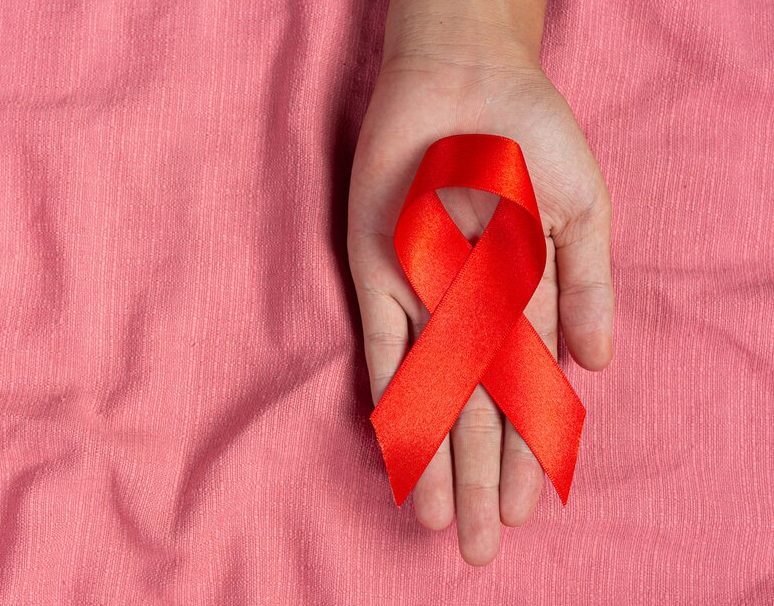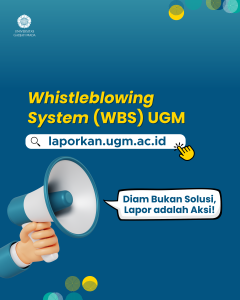Early detection of oral diseases in patients with HIV is a crucial step in maintaining their quality of life and preventing more severe health complications. Individuals with HIV are prone to immune system disorders, increasing their risk of infections, including those affecting the oral cavity. Therefore, monitoring oral health is an integral part of their overall care.
According to the Clinical Signs in the Oral Cavity of HIV/AIDS Patients (2020) from RSGM UGM, one of the earliest indicators of immune system impairment in HIV patients often appears in the mouth. Common manifestations include oral candidiasis, hairy leukoplakia, and severe periodontal disease. Detecting these conditions early enables prompt treatment, preventing severe consequences such as tooth loss or the spread of infection to other parts of the body.
Additionally, early detection helps medical professionals identify the potential progression of HIV to AIDS. For instance, lesions such as Kaposi's sarcoma or non-healing ulcers may indicate a further decline in a patient’s immune function. Hence, regular dental check-ups with professionals experienced in treating HIV patients are highly recommended.
Early detection efforts also play a role in educating patients on maintaining optimal oral hygiene. Proper oral care methods, such as brushing twice daily with fluoride toothpaste, using dental floss, and rinsing with antiseptic mouthwash, can significantly reduce the risk of complications.
Equally important is the compassionate, inclusive, and stigma-free approach from healthcare professionals, which is key to successful early detection. Stigma often discourages HIV patients from seeking medical care, including oral health services. Raising public awareness about the importance of oral health for HIV patients and eliminating stigma is a shared responsibility.
Early detection not only extends the life expectancy of HIV patients but also significantly improves their quality of life. Through integrated care and close collaboration among dentists, general practitioners, and patients, various oral health complications in HIV patients can be addressed at an early stage. These efforts align with the Sustainable Development Goals (SDGs), particularly: SDG 3: Good Health and Well-being, ensuring access to healthcare for all; SDG 4: Quality Education, raising awareness about oral health in HIV patients; and SDG 10: Reduced Inequality, combating stigma and ensuring inclusive healthcare services for all communities.
References
RSGM UGM, Clinical Signs in the Oral Cavity of HIV/AIDS Patients, https://rsgm.ugm.ac.id/2020/12/18/tanda-klinis-yang-muncul-pada-rongga-mulut-pengidap-hiv-aids/
Author: Rizky B. Hendrawan | Photo: Freepik



